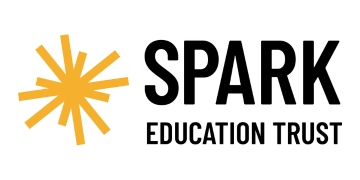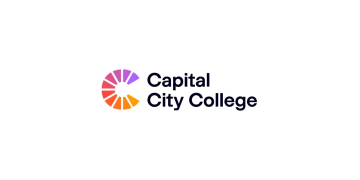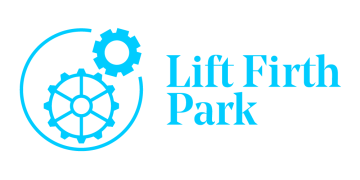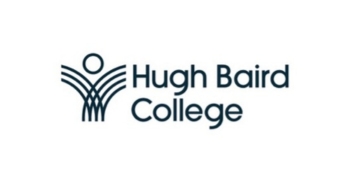The weakest schools will continue to fail unless we have MATs and leaders with the moral purpose ready to take them on, writes former national schools commissioner Sir David Carter.
The debate about whether or not there are enough academy sponsors to lead the weakest schools in the system to a position where their outcomes for children are better is one that has run for a number of years now.
In Amanda Spielman’s second annual report, she rightly raises the question again and asks what more the DfE could do to incentivise sponsors to take on the most challenging schools in the system.
In my time as national schools commissioner, I saw numerous examples of great MATs with great CEOs leading them, take on and improve the weakest schools in the system.
When I last checked, over 60 per cent of sponsored academies were rated by Osted to be ‘good’ or better, which is a transformational and historical shift.
Virtually every one of those sponsored academies were not rated good when they became an academy, and many had never been more than satisfactory or needing a notice to improve or requiring special measures. So why is this still a debate, and what should we do about it?
MATs do not want to take on a single school in a community where the nearest MAT academy is 100 miles away. Why would they?
Firstly, if you believe as I do that the multi academy trust is the best model for improving schools which have failed for many years, then we need more of them to be the best version of themselves in new areas of the country.
The challenge back from MATs is, however, a fair one.
They do not want to take on a single school in a community where the nearest MAT academy is 100 miles away. Why would they? They need to be able to build hubs and regional families of schools to achieve the kind of capacity from the classroom up that will make the difference.
The challenge here is that schools that are not in trouble and doing well cannot be mandated to join a MAT as an academy, so the very schools that could do more to help often resort to being a soft improvement partner with a local school but without the levers to make change happen quickly. Sometimes this works, but more often than not it does not.
MATs need to build a better narrative about why good schools should join them, and the DfE needs to incentivise good schools to be “capacity givers” to a MAT that would otherwise not take on the risk of a single isolated school.
Investment in the support and the capacity of good schools to join MATs would be a simple shift in policy thinking.
Secondly, the DfE has become more focused in the last year on audit and compliance.
In my time, the DfE worked hard to achieve this support for trusts taking on schools that had failed, but I suspect it may become harder in the future as the funding challenge grips government departments as well as schools in the system
The consequence of this is that the focus on managing risk filters down more than ever to MAT boards.
The result is that boards rightly seek reassurance about the quality and safety of the buildings they will inherit often after years of neglect by the local authority. They look for comfort that they will not be disadvantaged by the funding lag that comes with a school funded on census data, but where pupils are joining the school every week as it improves.
In my time, the DfE worked hard to achieve this support for trusts taking on schools that had failed, but I suspect it may become harder in the future as the funding challenge grips government departments as well as schools in the system.
Thirdly, we need to continue to work hard to build the next cohort of great school leaders who want to work in the toughest schools and play a role in system improvement in a MAT.
The irony of Ofsted calling out the DfE for a lack of sponsor capacity at a time when it is clear that teachers and leaders are thinking twice about moving their careers to tough schools is not lost on many of us in the system.
Unless we have a cadre of talent ready and prepared, and armed with more than a bucket load of moral purpose, then the weakest schools will continue to fail as the leaders who, in another era, would have craved these appointments will look elsewhere.








The multi academy trust model is not the only model and I would suggest the jury is still out as to the effectiveness of it overall. A figure of 60% success is quoted as a historical and significant shift – well our NAHT Aspire programme averages 69% at a fraction of the cost and without the need for the school to become an academy. In fact it was the DfE that sponsored the pilot in 2013 to work with double RI schools and when the pilot evaluation was published in 2016 it proved to be a viable and credible alternative that unfortunately did not fit the political message of the time that was to academise everything. The school system is struggling for capacity and an open mind to how that capacity is provided is needed. Not every school and their community wants to be an academy and a choice of support for schools and their governing bodies should continue to be an option for them.
The author says ‘virtually everyone’ of the sponsored academies were less than good when they became sponsored. The AdHoc notice published last year (admittedly now out-of-date) said:
115 of the 965 sponsored academies inspected since becoming academies had been good or better as LA schools (12%)
405 had been inadequate as an LA school. 262 of these (65%) were rated good or better at their first inspection.
https://assets.publishing.service.gov.uk/government/uploads/system/uploads/attachment_data/file/664598/Analysis_of_OfSTED_outcomes_for_sponsored_academies_since_2010.pdf
If the author’s figure of 60% of sponsored academies now being good or better is correct when previously they were less than good, then this is a fall from 2017 when it was 65%. And a 60% improvement rate still leaves 40% which did not improve after being sponsored.
Academy sponsorship is not a magic bullet. Local support is more cost-effective.